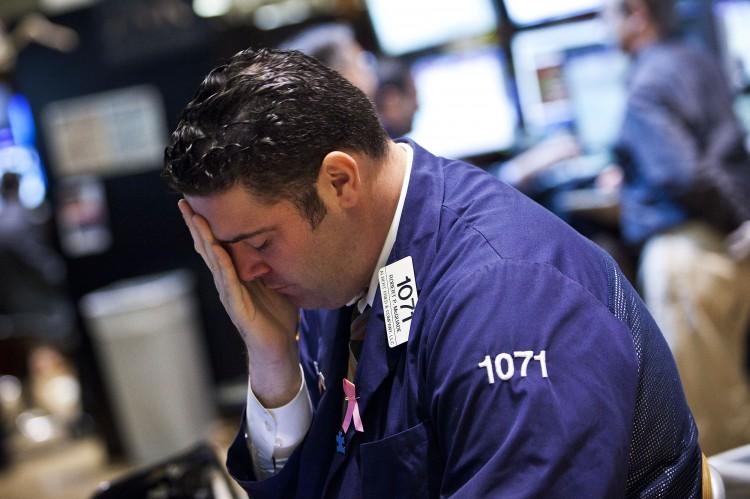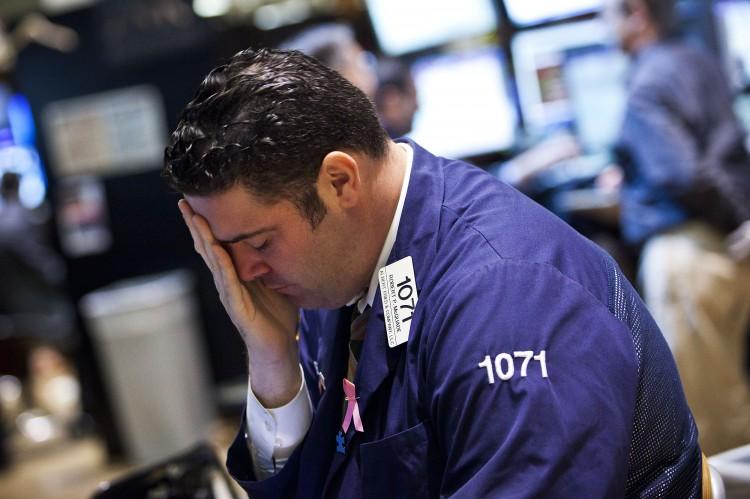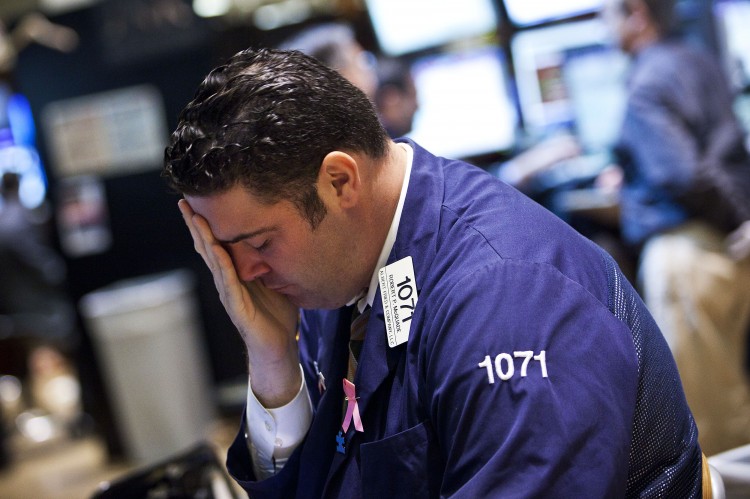Having already lost 5.8 percent last Friday, the Spanish stock market lost another 5.3 percent early Monday morning before rebounding to close down only 1.1 percent. The rebound came after a short-selling ban instituted by the Spanish stock-market regulator took effect. The ban will bar speculators from borrowing stock and selling it and it will extend to all stocks and OTC derivatives, not just financials, and will last for at least three months, but possibly longer.
So far this year, the Spanish stock market has lost 27.9 percent of its value, compared to a gain of 7.3 percent for the S&P 500. Spanish Economy Minister Luis de Guindos called the market behavior “irrational” and also excluded the possibility of a full-blown Spanish bailout request.
The Spanish central bank released a report Monday showing that the preliminary estimate for second-quarter GDP was a decline of 0.4 percent quarter on quarter; an acceleration from the previous decline of 0.3 percent.







